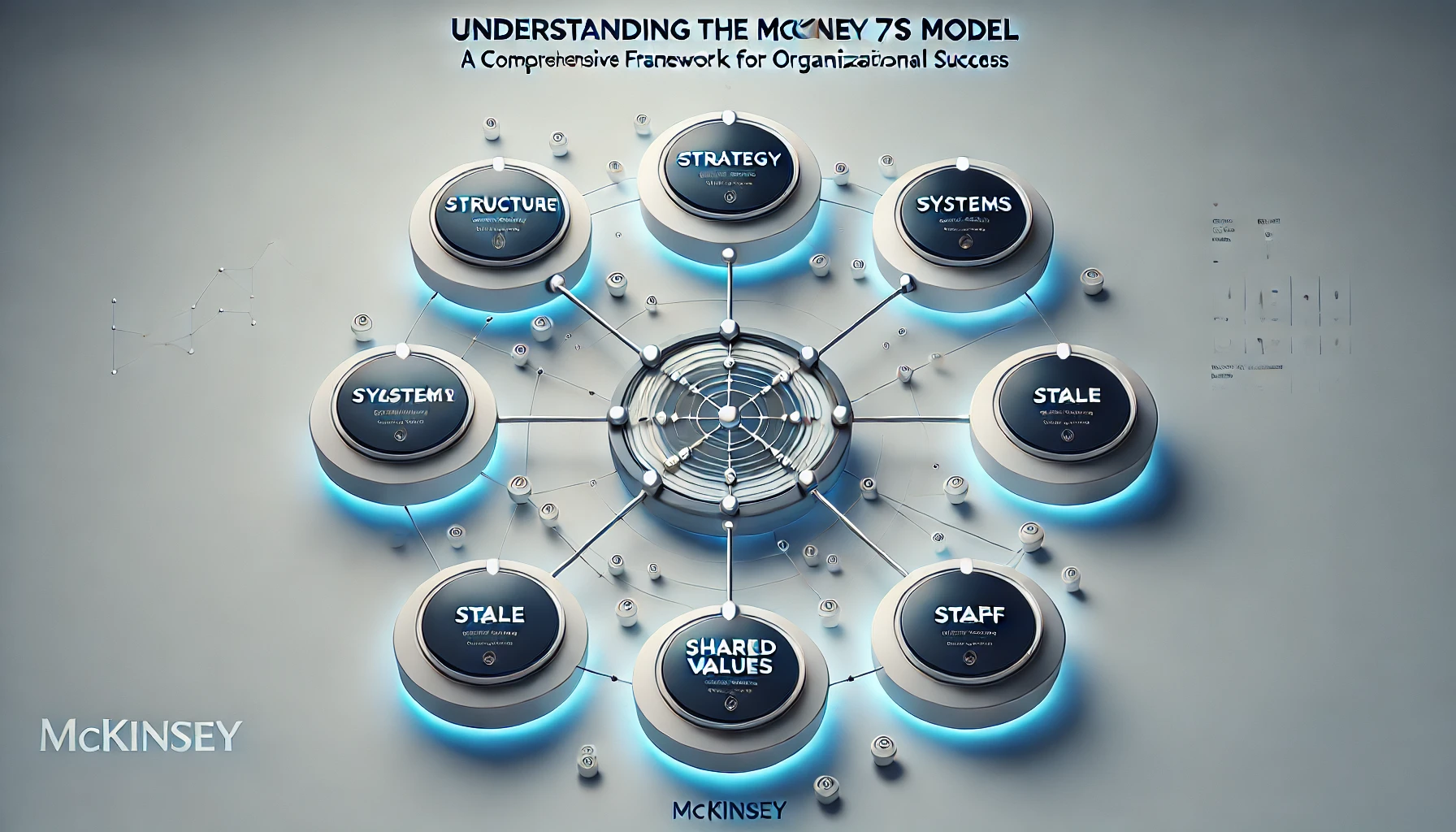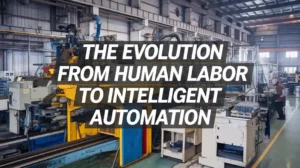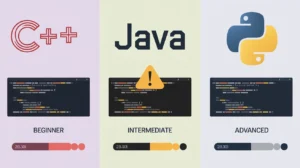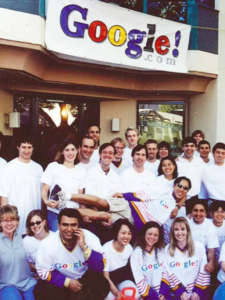In the fast-paced world of business, ensuring that all elements of an organization are aligned and working cohesively is essential for success. One of the most effective tools for assessing and enhancing organizational effectiveness is the McKinsey 7S Model. 🌟 This strategic framework allows companies to evaluate key internal factors that need to be aligned to drive growth, foster innovation, and achieve their goals.
Developed in the late 1970s by consultants at McKinsey & Company, this model helps businesses integrate strategy with operations, culture, and management for a balanced approach to achieving success.
Let’s break down the McKinsey 7S Model and explore how you can apply it to your organization for better performance and long-term growth. 🚀
The 7 Elements of the McKinsey 7S Model
The 7S framework consists of seven critical elements, divided into two categories: hard elements (which are more tangible) and soft elements (which are less tangible but equally important). All seven components are interconnected and need to work in harmony to ensure the company operates efficiently.
Hard Elements:
1. Structure 🏢
Structure refers to the organizational hierarchy and setup. It defines the way your business is arranged, including departments, teams, and reporting lines. A well-defined structure is crucial for efficient operations.
Key Questions to Ask:
Does your organization have a clear hierarchy?
Is there sufficient communication between departments?
2. Strategy 🎯
Strategy refers to the organization’s long-term goals and the steps to achieve them. It’s the game plan that directs company resources toward growth, market competitiveness, and achieving key objectives.
Key Questions to Ask:
Is your strategy aligned with your goals and external market conditions?
Are there clear initiatives that support the strategy?
3. Systems 🛠️
Systems represent the day-to-day procedures that govern how work is carried out. This includes everything from how decisions are made, to your IT infrastructure, financial processes, and management systems.
Key Questions to Ask:
Are your operational systems optimized for efficiency?
Do you have the right systems in place to support long-term growth
Soft Elements:
4. Shared Values 💡
Shared values sit at the core of the McKinsey 7S Model. These are the organization’s core beliefs and principles that guide its culture, decision-making, and operations. Shared values influence how employees behave, the company’s brand, and its overall identity.
Key Questions to Ask:
What are your organization’s fundamental values?
Are these values reflected in the company culture and employee behavior?
5. Style 💼
Style refers to the leadership and management style within the organization. It determines how leaders interact with employees and how decisions are communicated and enforced.
Key Questions to Ask:
Is your leadership style empowering and effective?
Does the management approach align with the organization’s goals and culture?
6. Staff 👥
Staff represents the people within the organization—the most valuable asset of any business. This element considers not only the number of employees but their capabilities, training, and the ways they are utilized to achieve business objectives.
Key Questions to Ask:
Do you have the right talent in the right roles?
Are there effective talent development and retention strategies in place?
7. Skills 🎓
Skills refer to the capabilities and competencies of both the employees and the organization as a whole. Ensuring that the organization has the necessary skills to meet its goals is key to long-term success.
Key Questions to Ask:
Are the skills of your workforce aligned with your company’s objectives?
What skills will your team need to develop for future growth?
The Interconnectedness of the 7S Model
What makes the McKinsey 7S Model so impactful is its emphasis on the interdependence of all seven elements. If one area is weak or misaligned, it can affect the entire organization. For example, having a well-thought-out strategy means little if your company lacks the skills or systems to implement it effectively.
A successful organization ensures that structure, strategy, systems, staff, skills, style, and shared values are all synchronized to create a well-oiled machine.
Here’s how they relate:
Strategy influences the structure, systems, and skills needed to execute plans.
Shared values shape the style of leadership, how staff interacts, and ultimately the company culture.
Staff and skills directly affect how strategies are implemented and the efficiency of the systems in place.
💡 Pro Tip: Regularly reassess the alignment of all 7 elements to ensure that changes in one area don’t negatively impact the others.
How to Use the McKinsey 7S Model to Drive Change
The McKinsey 7S framework is not just for analysis—it’s also a powerful tool for driving organizational change. Whether you’re restructuring, implementing new strategies, or managing a merger, this model can help you ensure that all critical elements are considered.
Assess the Current Situation
Use the model to analyze the current state of each element. Identify where there are misalignments, gaps, or weaknesses.Define the Desired Outcome
What do you want the organization to look like after the change? Use the 7S elements to visualize the ideal balance between structure, strategy, systems, and other factors.Plan for Alignment
Develop a comprehensive plan to align each element with your desired outcome. This might involve restructuring departments, redefining leadership styles, or reskilling staff.Monitor and Adjust
Regularly review progress and make necessary adjustments. Ensuring continuous alignment is key to sustained success.
4 Steps to Implement the McKinsey 7S Model:
Assess the Current Situation
Use the model to analyze the current state of each element. Identify where there are misalignments, gaps, or weaknesses.Define the Desired Outcome
What do you want the organization to look like after the change? Use the 7S elements to visualize the ideal balance between structure, strategy, systems, and other factors.Plan for Alignment
Develop a comprehensive plan to align each element with your desired outcome. This might involve restructuring departments, redefining leadership styles, or reskilling staff.Monitor and Adjust
Regularly review progress and make necessary adjustments. Ensuring continuous alignment is key to sustained success.
Benefits of Using the McKinsey 7S Model
The McKinsey 7S Model offers several benefits for businesses of all sizes:
Holistic Perspective: It looks at both hard and soft elements, ensuring no aspect of the business is neglected.
Improved Alignment: By focusing on the interconnectedness of each element, it drives better coordination and alignment across the organization.
Adaptability: The model is flexible and can be used in various scenarios, from daily operations to large-scale transformation.
Increased Effectiveness: When all 7 elements are aligned, businesses can operate more efficiently, innovate faster, and achieve their goals more easily.
Conclusion: Understanding the McKinsey 7S Model
The McKinsey 7S Model is a time-tested tool for evaluating and improving organizational effectiveness. Whether you’re managing change, implementing a new strategy, or simply striving to improve operational efficiency, this model provides a structured framework to ensure all critical elements are aligned. 🌟
By focusing on structure, strategy, systems, staff, skills, style, and shared values, leaders can gain a holistic view of their organization, ensuring long-term success and agility in an ever-changing business landscape. 🚀
Start using the McKinsey 7S Model today to unlock your organization’s potential!





















